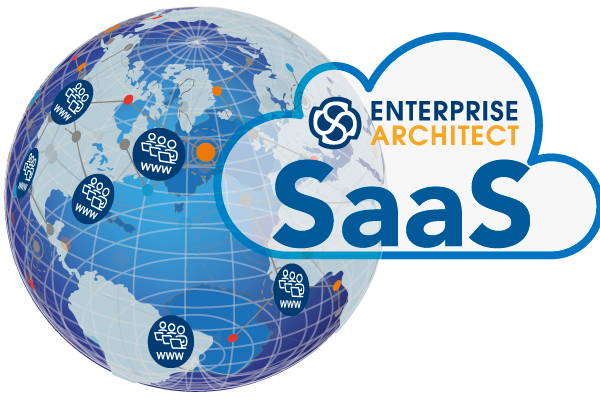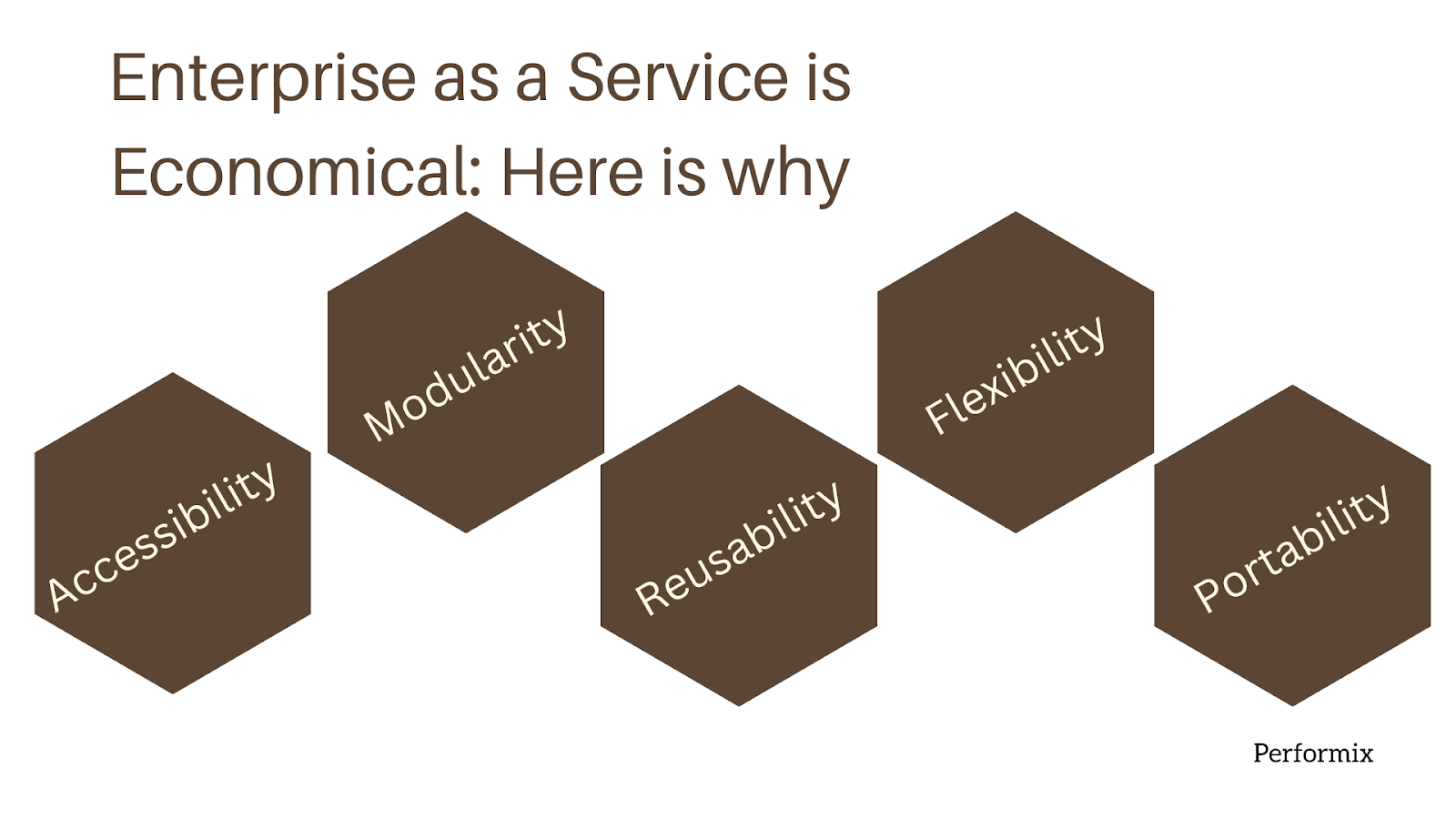Enterprise Architecture as a Service (EAaaS)
Enterprise Architecture as a Service (EAaaS)
Introduction

In the current fast-paced business environment, organizations are perpetually on the lookout for methods to streamline operations, boost efficiency, and foster innovation. A pivotal strategy that companies are embracing is the adoption of Enterprise Architecture (EA). EA is a comprehensive framework designed for the strategic alignment of business processes, technology, and information systems with the corporate objectives.
Traditionally, EA has been a complex, resource-heavy process, necessitating teams of specialized architects and consultants. Nevertheless, the progression of technology, coupled with the advent of cloud computing, has paved the way for a novel paradigm — Enterprise Architecture as a Service (EAaaS). This article delves into the essence of EAaaS, its myriad advantages, and its role in redefining the approach towards enterprise architecture.
Understanding Enterprise Architecture as a Service (EAaaS)
Enterprise Architecture as a Service (EAaaS) represents a modern, cloud-powered service that affords companies a scalable, all-encompassing solution for managing their enterprise architecture. It capitalizes on the cloud computing model to offer EA resources as a service, thereby obviating the necessity for substantial investment in costly infrastructure and specialized personnel.
EAaaS encompasses a variety of features and tools, such as architecture modeling, analysis, documentation, and collaboration utilities. These features empower organizations to forge, oversee, and disseminate their enterprise architecture blueprints within a centralized and secure domain. The adoption of EAaaS facilitates businesses in harmonizing their operations, technology, and information systems, which in turn supports well-informed decision-making and propels strategic ventures.
Advantages of Enterprise Architecture as a Service

1. Cost-Effectiveness
EAaaS stands out for its ability to drastically reduce costs by leveraging a cloud-based infrastructure. Organizations can avoid substantial expenses tied to hardware, software, and ongoing maintenance, and instead opt for a subscription-based model offered by EAaaS providers. This shift allows for more effective resource allocation and a greater focus on core business functions.
2. Scalability and Flexibility
The service’s scalability enables adjustments corresponding to an organization’s growth, such as:
- Modifying user access and permissions
- Expanding storage requirements
- Incorporating additional features
Such flexibility ensures that businesses can adapt swiftly to changing market demands.
3. Collaboration and Communication
EAaaS enhances collaboration among team members, stakeholders, and architects by providing real-time collaborative tools. This improved communication leads to more efficient decision-making processes and a quicker route to market.
4. Enhanced Security and Data Protection
With a sharp focus on data security, EAaaS providers deploy advanced encryption, stringent access controls, and regular data backups, providing organizations with a level of security typically reserved for enterprise-grade infrastructure.
5. Continuous Innovation and Updates
Providers are dedicated to the continual enhancement of their platforms and routinely integrate new features and industry best practices. This commitment ensures that organizations have access to cutting-edge tools that are essential for maintaining a competitive edge and nurturing innovation within their EA practices.
Frequently Asked Questions (FAQ)
-
Q1: What sets EAaaS apart from traditional Enterprise Architecture approaches?
-
A1: EAaaS differs by offering a service-based, cloud-hosted model, which is more cost-effective and scalable.
-
Q2: Can EAaaS be tailored to meet specific organizational needs?
-
A2: Yes, customization options are plentiful, allowing for a tailored fit to unique business requirements.
-
Q3: Is EAaaS a viable option for small and medium-sized enterprises (SMEs)?
-
A3: Absolutely, as it provides SMEs with enterprise-level architecture tools without the hefty initial investment.
-
Q4: How secure is EAaaS?
-
A4: Security is a top priority, with robust measures in place to protect client data.
-
Q5: Can companies transition from a traditional EA to an EAaaS model?
-
A5: Yes, many EAaaS providers offer migration services to facilitate this transition.
Conclusion
Enterprise Architecture as a Service (EAaaS) is pioneering a new direction for enterprise architecture management. By harnessing the capabilities of cloud computing, it offers solutions that are cost-effective, scalable, and flexible. EAaaS enables businesses to align their operations, technology, and information systems, thereby driving strategic decision-making and innovation. With its collaborative, secure, and continuously evolving platform, EAaaS positions organizations to thrive in the competitive and ever-changing business milieu.
If you’re considering optimizing your enterprise architecture, delving into the advantages of EAaaS could be a transformative step for your organization.
**Key Takeaways:
Enterprise Architecture as a Service (EAaaS)
Introduction
In today’s rapidly evolving business landscape, organizations are constantly seeking ways to optimize their operations, enhance their efficiency, and drive innovation. One of the key strategies that businesses are adopting is the implementation of Enterprise Architecture (EA). EA provides a holistic framework for aligning business processes, technology, and information systems to achieve organizational goals.
Traditionally, EA has been a complex and resource-intensive endeavor, requiring dedicated teams of architects and consultants. However, with the advent of technology and the rise of cloud computing, a new approach has emerged - Enterprise Architecture as a Service (EAaaS). In this article, we will explore the concept of EAaaS, its benefits, and how it is transforming the way organizations approach enterprise architecture.
What is Enterprise Architecture as a Service (EAaaS)?
Enterprise Architecture as a Service (EAaaS) is a cloud-based service that provides organizations with a comprehensive and scalable solution for managing their enterprise architecture. It leverages the power of cloud computing to deliver EA capabilities as a service, eliminating the need for organizations to invest in expensive infrastructure and dedicated teams.
EAaaS offers a range of features and functionalities, including architecture modeling, analysis, documentation, and collaboration tools. It enables organizations to create, manage, and share their enterprise architecture artifacts in a centralized and secure environment. With EAaaS, organizations can easily align their business processes, technology, and information systems, enabling them to make informed decisions and drive strategic initiatives.
Benefits of Enterprise Architecture as a Service
The adoption of EAaaS brings several key benefits:
1. Cost-Effectiveness
By leveraging cloud-based infrastructure, organizations can significantly reduce their upfront costs associated with hardware, software, and maintenance. Instead of investing in expensive tools and resources, organizations can simply subscribe to an EAaaS provider and pay for the services they need on a subscription basis. This allows organizations to allocate their resources more efficiently and focus on their core business activities.
2. Scalability and Flexibility
EAaaS offers organizations the flexibility to scale their enterprise architecture capabilities based on their evolving needs. As organizations grow and expand, they can easily add or remove users, increase storage capacity, and access additional features and functionalities. This scalability and flexibility ensure that organizations can adapt to changing business requirements and stay ahead in a dynamic marketplace.
3. Collaboration and Communication
Effective collaboration and communication are crucial for successful enterprise architecture management. EAaaS provides organizations with collaborative tools and features that enable architects, stakeholders, and other team members to work together seamlessly. It allows for real-time collaboration, document sharing, and version control, ensuring that everyone is on the same page and working towards a common goal. This enhanced collaboration and communication result in improved decision-making and faster time-to-market.
4. Enhanced Security and Data Protection
Data security and protection are paramount in today’s digital landscape. EAaaS providers invest heavily in robust security measures to ensure the confidentiality, integrity, and availability of their clients’ data. They implement industry-standard encryption, access controls, and regular backups to safeguard sensitive information. By leveraging EAaaS, organizations can benefit from enterprise-grade security without having to invest in expensive security infrastructure and expertise.
5. Continuous Innovation and Updates
EAaaS providers are committed to delivering the latest innovations and updates to their clients. They continuously enhance their platforms with new features, functionalities, and best practices based on industry trends and customer feedback. This ensures that organizations always have access to the most up-to-date tools and capabilities, enabling them to stay competitive and drive innovation within their enterprise architecture practice.
Frequently Asked Questions (FAQ)
Q1: How does EAaaS differ from traditional Enterprise Architecture? A1: EAaaS differs from traditional Enterprise Architecture in that it is delivered as a service through the cloud. It eliminates the need for organizations to invest in expensive infrastructure and dedicated teams, making it more cost-effective and scalable.
Q2: Can organizations customize EAaaS to fit their specific needs? A2: Yes, organizations can customize EAaaS to fit their specific needs. Most EAaaS providers offer a range of configurable options and integrations that allow organizations to tailor the service to their unique requirements.
Q3: Is EAaaS suitable for small and medium-sized enterprises (SMEs)? A3: Yes, EAaaS is suitable for small and medium-sized enterprises (SMEs). It provides SMEs with access to enterprise-grade architecture capabilities without the need for significant upfront investments.
Q4: How secure is EAaaS? A4: EAaaS providers prioritize data security and protection. They implement robust security measures, including encryption, access controls, and regular backups, to ensure the confidentiality and integrity of their clients’ data.
Q5: Can organizations migrate from traditional